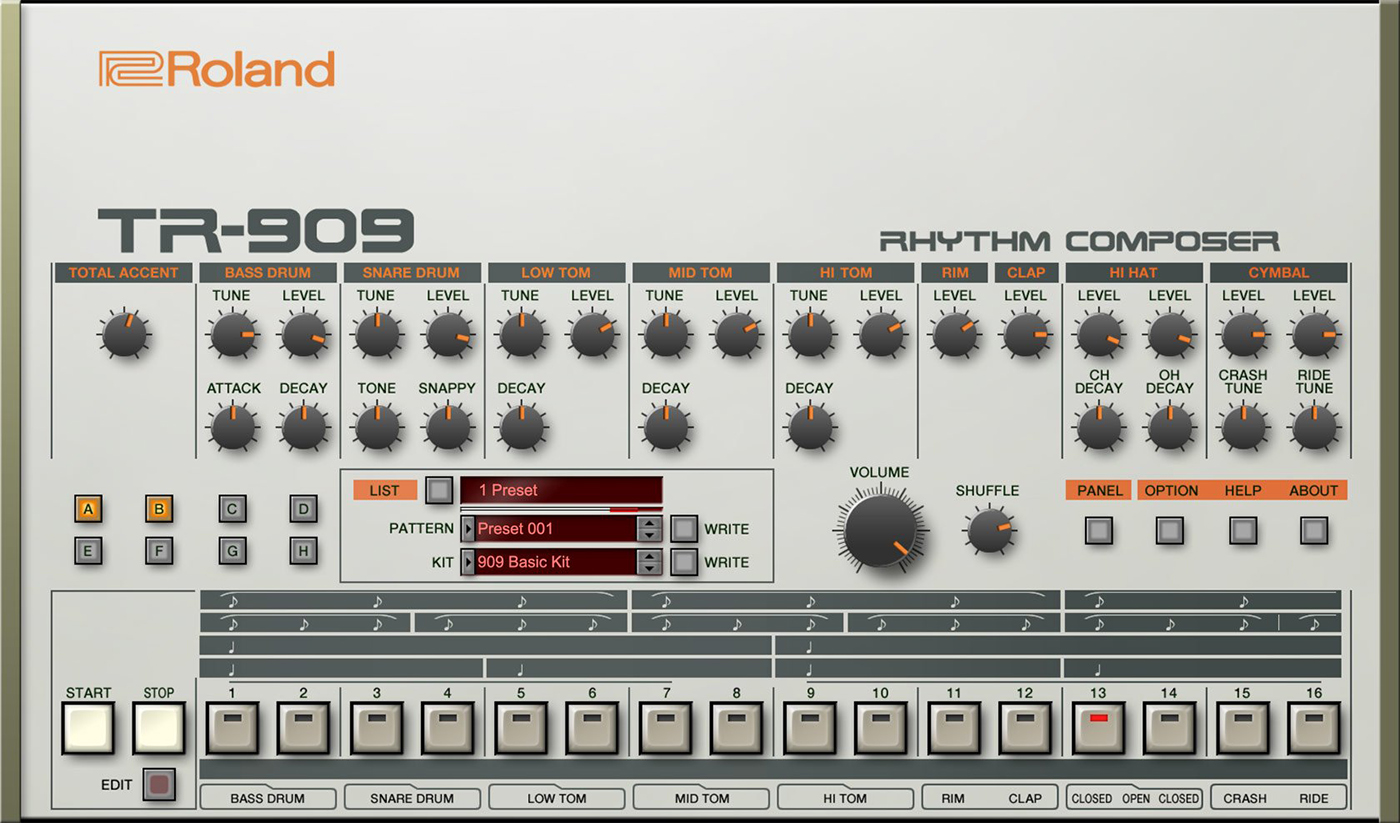See →. This essay was completed before the author had the opportunity to read DeForrest Brown Jr.’s comprehensive new work Assembling a Black Counterculture (Primary Information, 2022).
Dan Sicko, Techno Rebels: The Renegades of Electronic Funk (Wayne State University Press, 2010).
Dick Hebdige, Subculture: The Meaning of Style (Routledge, 1979).
See Karen Tongson, Relocations: Queer Suburban Imaginaries (NYU Press, 2011).
Hebdige, Subculture, 44–45.
See →.
C. L. R. James, Beyond a Boundary (Pantheon, 1983).
See →.
Lisa Duggan, “He Does Class and Race, She Does Gender and Sexuality (and Class and Race): Heteronormativity in the Left Academy,” Bully Bloggers, April 4, 2015 →.
